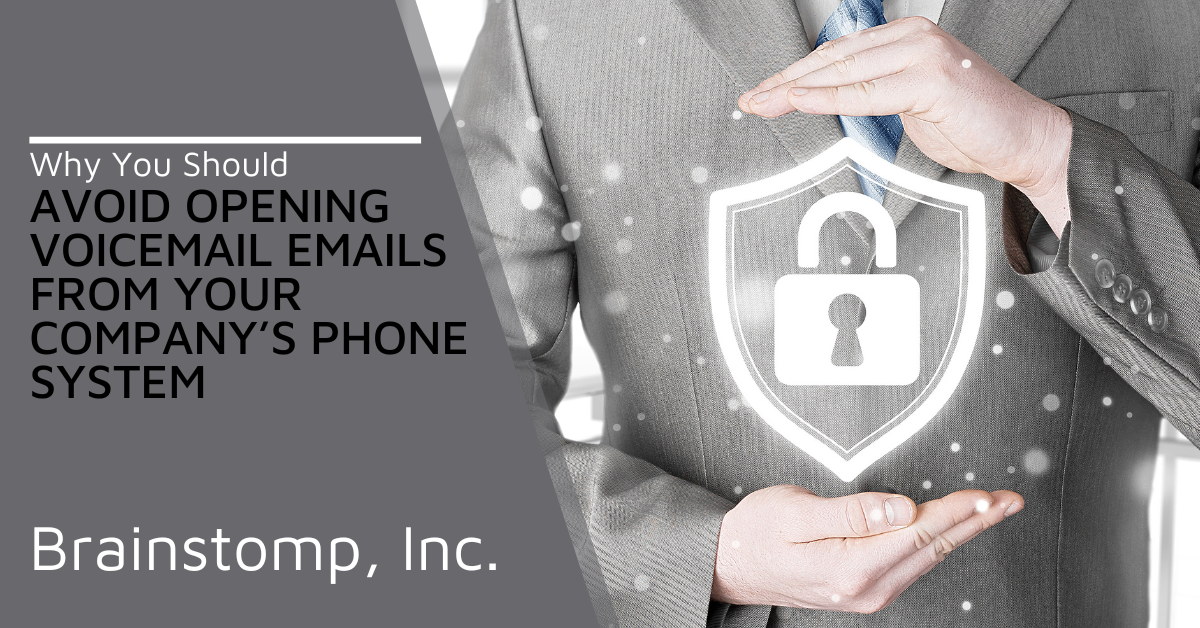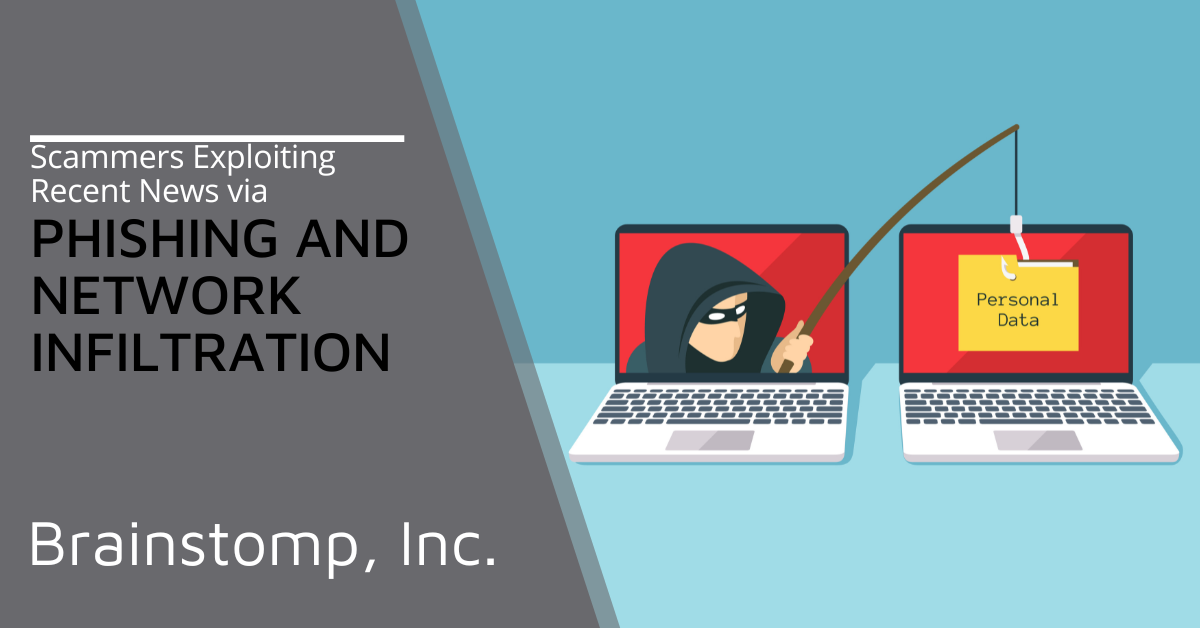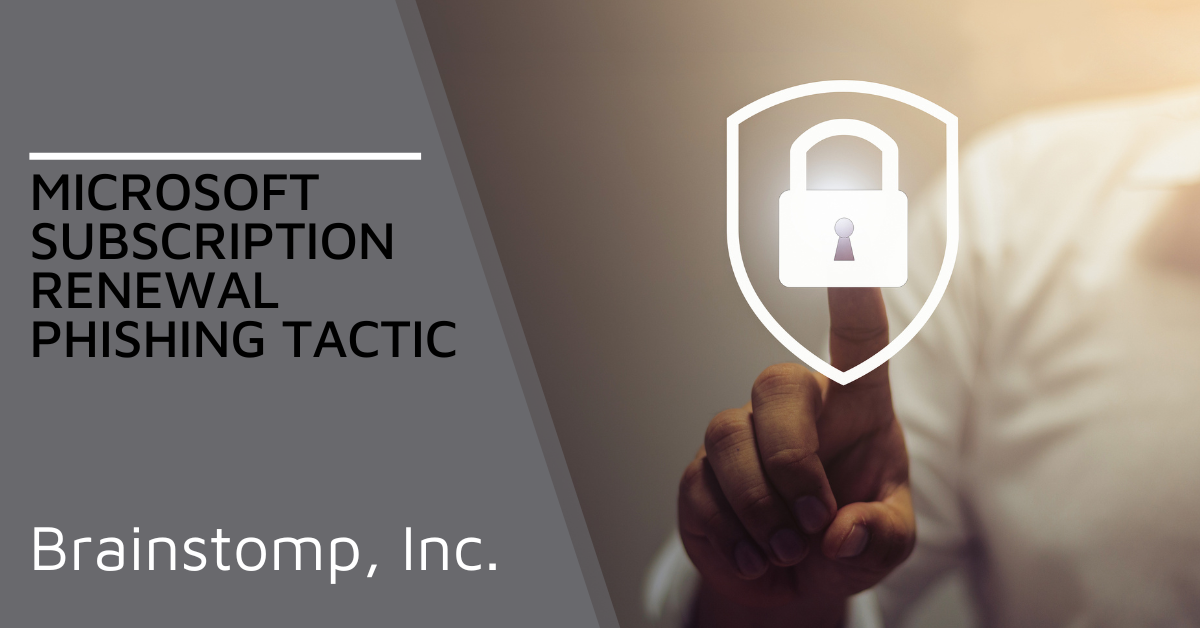A Guide to Secure Holiday Shopping and Gift Card Use
/The holiday season is here. You are probably planning to hunt for deals and grab a few gift cards to make your gifts memorable. After all, who doesn’t want the freedom to choose what they want without worrying about cash? Unfortunately, this is also the time of year when it’s easy to get caught up in tempting promotions and the pressure to grab trendy items. Scammers are always watching for these moments, waiting for shoppers to lower their defenses.
Scammers can launch fake shopping sites overnight, send convincing phishing emails, tamper with gift cards, run fraudulent social media ads, or trick buyers with fake customer service numbers. Falling for these tricks can mean sharing personal information or paying for items that never arrive. Knowing how to protect yourself can make a big difference. This guide walks you through the steps you need to take to shop safely and keep your business and personal information secure.
Why Online Shopping Security Matters During Holidays
In the U.S., TransUnion reported that during the 2024 “Cyber Five” period, from Thanksgiving through Cyber Monday, around 4.2% of attempted online purchases were flagged as suspected digital fraud. In Canada, a similar analysis found 2.6% of attempted e-commerce transactions during the same period were suspected of being fraudulent, a jump from 1.7% the previous year.
The most concerning part is that these scams are becoming increasingly sophisticated. According to McAfee’s 2024 report, one in three Americans said they fell victim to an online scam during the holiday season. Among those who lost money, nearly one in ten lost more than $1,000. Scammers are exploiting fake websites, phishing emails, deepfakes, impersonation ads, and social media to deceive shoppers. According to AARP, many buyers report receiving fake order-delay or payment-issue notices, just when they are expecting legitimate delivery updates.
With everyone rushing to snag deals and complete purchases quickly during the holidays, payment details and gift-card balances face greater risk than usual. A single careless click or missed warning can turn a holiday buy into an expensive error.
Safe Shopping and Gift Card Tips for the Holiday Season
Purchase Gift Cards Exclusively from Trusted Sources
Always purchase gift cards directly from authorized retailers or reputable online platforms. Avoid third-party marketplaces or individual sellers on social media and auction sites, since these are common hotspots for counterfeit or drained cards. Watch for secure website indicators before completing your purchase.
Key things to check:
Look for HTTPS in the URL
Confirm the site displays verified payment security badges
Avoid unusually discounted gift cards, which are often used in scams
Inspect Cards Before Buying
If you’re purchasing in-store, carefully examine the card and its packaging. Any signs of tampering mean you should choose a different card and notify a store associate.
What to look for:
Scratched or exposed PINs
Broken seals or damaged packaging
Missing security stickers
Keep Codes and Receipts Safe
Once a gift card is purchased, keep your receipt. More importantly, treat the card like cash, because once money is loaded, it’s very difficult to recover if it’s lost, stolen, or used fraudulently. Keeping the receipt provides proof of purchase and can help if there are any activation issues, but it won’t guarantee a refund or replacement for the card’s balance.
Verify Before Redeeming
Before using a gift card online, check the balance on the retailer’s official website or by calling their verified customer service line. This will confirm that the card is valid and loaded with the correct amount before you attempt to redeem it. Verifying the balance upfront also helps you spot any issues early, such as drained or inactive cards, so you can report them immediately.
Be Wary of Unsolicited Requests
Scammers often request gift card numbers to steal your funds. If you receive a suspicious phone call, message, or email, disconnect or delete it immediately.
Moreover, do not enter the card on third-party or suspicious websites claiming to “unlock,” “verify,” or “boost” the card’s value, as these sites are always scams designed to steal your balance. You should also avoid any platform that asks for additional payment to “activate” or “upgrade” a gift card. Legitimate retailers never require extra fees for activation, verification, or balance checks.
Avoid Public Wi-Fi for Transactions
Public Wi-Fi networks put your personal and payment information at risk. Cybercriminals can intercept unencrypted data, including gift card numbers and online shopping details.
Safer options include:
Using a private, secure home network
Connecting through a trusted mobile hotspot
Using a reputable VPN to encrypt your connection
Enjoy a Stress-Free Shopping Season
The holiday season is meant to be joyful, but it also brings heightened risks of online scams and gift card fraud. Cybercriminals exploit busy shoppers, fake websites, phishing messages, and tampered gift cards to steal money and personal information.
At BrainStomp, we help you shop safely by providing security guidance and resources to protect your personal and payment information. Our team will guide you in spotting scams, verifying gift cards, securing your online transactions, and using tools like password managers, antivirus programs, and secure VPNs. Get in touch with us today and enjoy a worry-free holiday shopping experience!
Article FAQ
How can I tell if a gift card is legitimate?
Look for intact packaging, security stickers, and no scratches or tampering. Whenever possible, have the staff activate the card in front of you. A genuine card should show no signs of damage or alteration and be properly activated at the point of sale.
What should I do if I suspect a gift card is fraudulent?
Do not use or discard the card. Keep the receipt and any packaging as proof of purchase and report the suspected fraud to the company that issued the gift card. If the card was purchased online, contact your payment provider to see if they offer fraud protection. Consider contacting your local police department to file a report. While police might not investigate the case in depth, a police report can be necessary for documentation, especially if your bank or the gift card issuer requires proof of a crime.
How do I verify a gift card balance safely?
Check the balance on the retailer’s official website or by calling their verified customer service number. Avoid third-party websites claiming to “verify” or “unlock” cards, as these are scams. Verifying directly with the retailer helps you spot issues before using the card and prevents potential fraud.
What should I do if I receive a suspicious email about a gift card?
Do not click any links or share any card details. Delete or report the email immediately. Phishing emails often impersonate retailers and try to steal your balance through fake verification requests.










